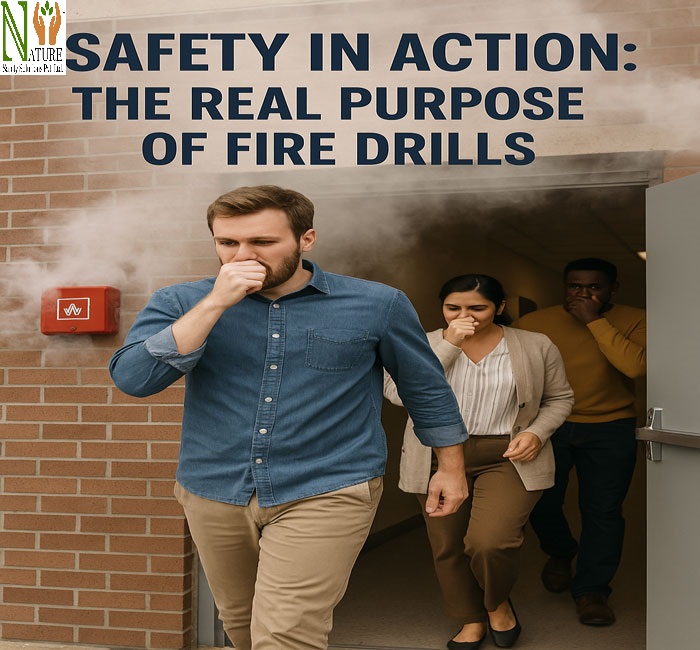Fire drills are not just procedural requirements—they are essential safety practices that can save lives. They serve as practical simulations that prepare individuals to respond quickly and effectively in the event of a real fire or emergency.
Whether in schools, offices, factories, hospitals, or residential buildings, fire drills are critical for educating occupants about evacuation procedures and testing the functionality of emergency systems.

Why Fire Drills Are Important
Fires can spread rapidly and unpredictably. In high-stress situations like these, panic and confusion can cause delays and mistakes. Fire drills reduce this risk by turning proper response into muscle memory.
People who have participated in well-organized drills are far more likely to remain calm, follow instructions, and evacuate safely during real emergencies.
Key Objectives of Fire Drills
Evacuation Familiarity
Fire drills help occupants become familiar with escape routes, exits, and assembly points. This knowledge can significantly reduce evacuation time in a real emergency.
Testing Emergency Systems
Regular drills are a way to verify that fire alarms, smoke detectors, emergency lighting, and sprinkler systems are working correctly.
Training Staff and Fire Wardens
Designated personnel such as fire wardens and emergency response teams get the opportunity to practice their roles, including assisting people with disabilities, managing crowd flow, and communicating with fire services.
Identifying Weaknesses
Drills reveal potential bottlenecks, blocked exits, or gaps in procedures that may hinder safe evacuation. This allows organizations to correct issues before a real crisis occurs.
Building a Safety Culture
Consistent fire drills emphasize the importance of preparedness and foster a culture where safety is prioritized.
Legal and Regulatory Requirements
In many countries, fire drills are mandated by local fire codes or occupational safety regulations. For example, OSHA in the United States recommends regular fire drills as part of an effective Emergency Action Plan (EAP). Failure to conduct drills may lead to legal consequences and increased liability in the event of an incident.
How to Conduct an Effective Fire Drill
Plan Ahead
Prepare an evacuation plan that outlines roles, exit routes, and assembly points. Notify relevant personnel but keep the exact time unknown to simulate a real situation.
Communicate Clearly
Use alarms and verbal instructions to begin the drill. Ensure all occupants know how to recognize and respond to the alarm.
Monitor and Observe
Safety officers or supervisors should observe the drill, noting response times, behaviors, and any areas for improvement.
Review and Debrief
After the drill, conduct a review session. Discuss what went well, what didn’t, and update procedures accordingly.
Document Everything
Maintain records of all drills, including date, time, duration, participants, and observations. These records demonstrate compliance and help track improvements over time.
Special Considerations
Inclusive Planning: Make sure your evacuation plan includes accommodations for people with disabilities, non-native language speakers, and visitors.
Varied Scenarios: Change drill conditions from time to time (e.g., simulate blocked exits or night-time evacuations) to improve readiness.
Coordination with Authorities: In large facilities, coordinate with local fire departments to make drills more realistic and receive professional feedback.
Also read:-
